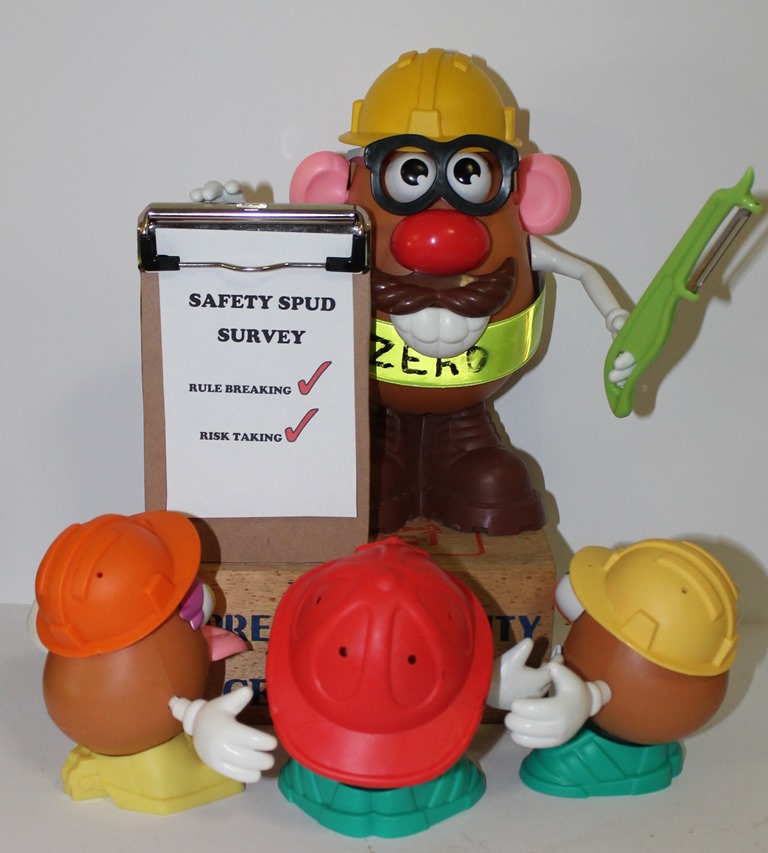What to wear on the job site
guest post
Many people work at sites where safety hazards are present. Fortunately, the Occupational Safety and Health Administration – better known as OSHA – has developed a set of rigid laws covering proper safety procedures and expectations in a variety of workplace settings. These guidelines have been very helpful in getting workers and their employers to make safety a priority and reducing the number of workplace injuries.
Wearing safety gear is a must in some occupations – and the best way to prevent injuries. Depending on where you work, your employer may be legally obligated to provide you with the gear necessary to guard against the potential risks at your work site, so make sure you take advantage and outfit yourself accordingly. But if you’re an independent contractor, you need to be aware of safety hazards yourself, as no one else is going to buy protective gear for you.
Following are some popular protective items that can keep you safe on the job.
Head gear
A safety helmet is one of the most basic pieces of protective equipment, and it’s also one of the most widely used. Even so, head injuries are common on construction sites, which is further evidence that head gear is a necessity. A helmet can protect you from concussions and other injuries. Some hazards – such as falling debris – can occur without warning, which is why many job sites have hard hat areas in which head gear is mandatory.
Safety glasses
Shatterproof eyewear can be useful in guarding against a variety of safety risks. Explosions, sparks, toxic gases and dangerous chemicals are just some of the reasons why you might need to wear these glasses. People may incorrectly assume that their regular everyday eyeglasses will protect them from hazards, but they’re not designed for that purpose and may not have shatterproof lenses.
Vests, coveralls and other protective clothing
Your normal “street clothes” won’t protect you against hazards in certain workplace environments. Your workplace should provide durable, protective coveralls if you’re working near dangerous chemicals. And mesh vests and pants feature materials that protect against cutting blades and other hazards that can cause lacerations.
If you’re working at night on a road work crew or in other settings where visibility is limited, you should be provided vests or other clothing featuring reflective material.
Protective footwear
Work boots and other footwear accessories can protect your feet and toes from being crushed by falling objects. The exact features of your boot will depend on the conditions you’re working in. Most boots are durable and offer a strong grip underfoot, and if you plan to be in wet conditions, you’ll want a pair offering water resistance, if not a waterproof exterior.
While protective equipment can go a long way in preventing injury, workers must actually use it – and not everyone does. Abide by your company’s safety codes and make sure you’re equipped with the proper gear. It only takes a little extra effort to dramatically reduce your risk of a serious accident.



Do you have any thoughts? Please share them below